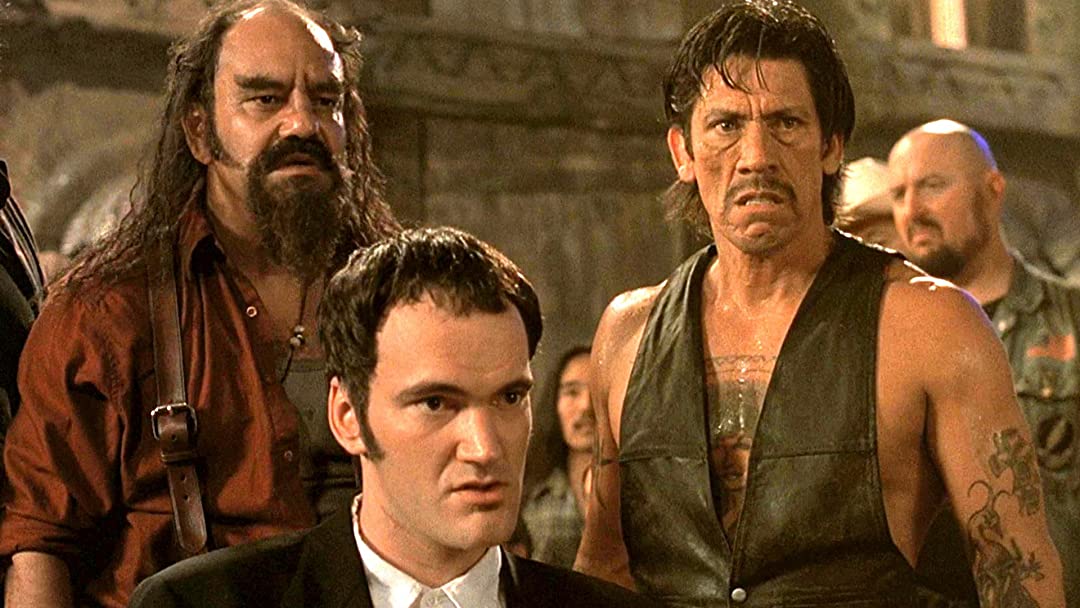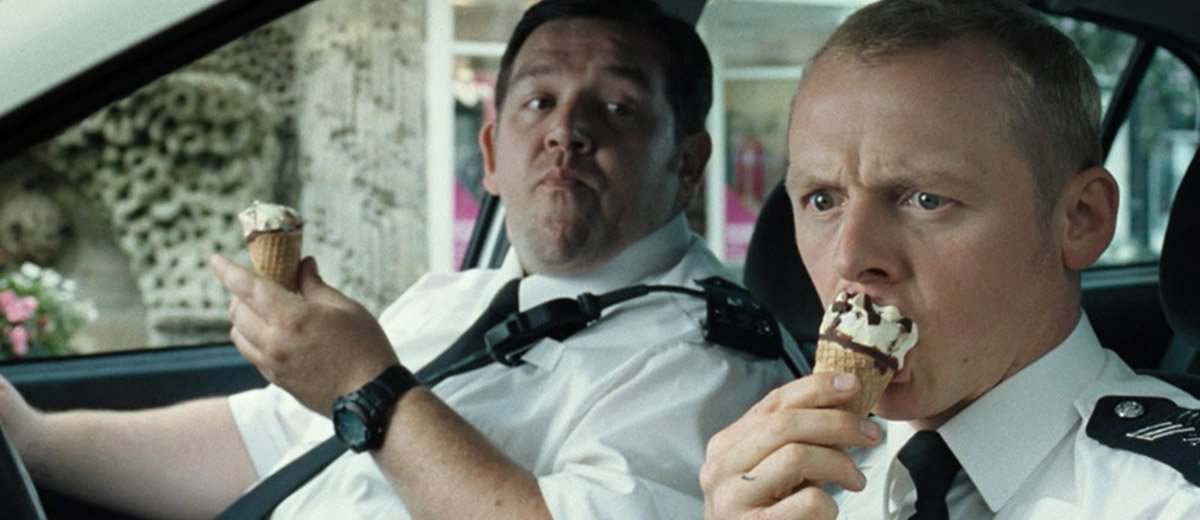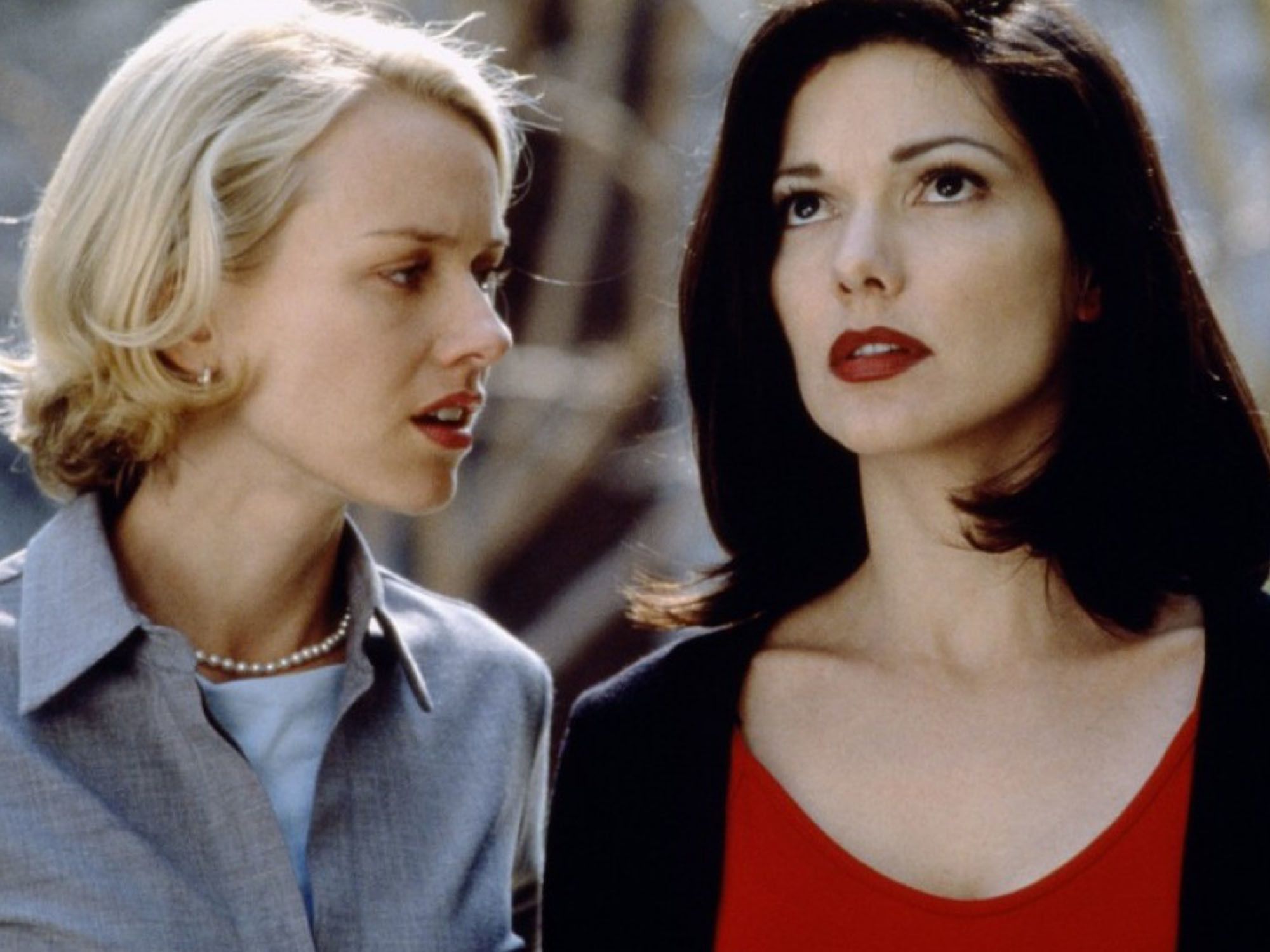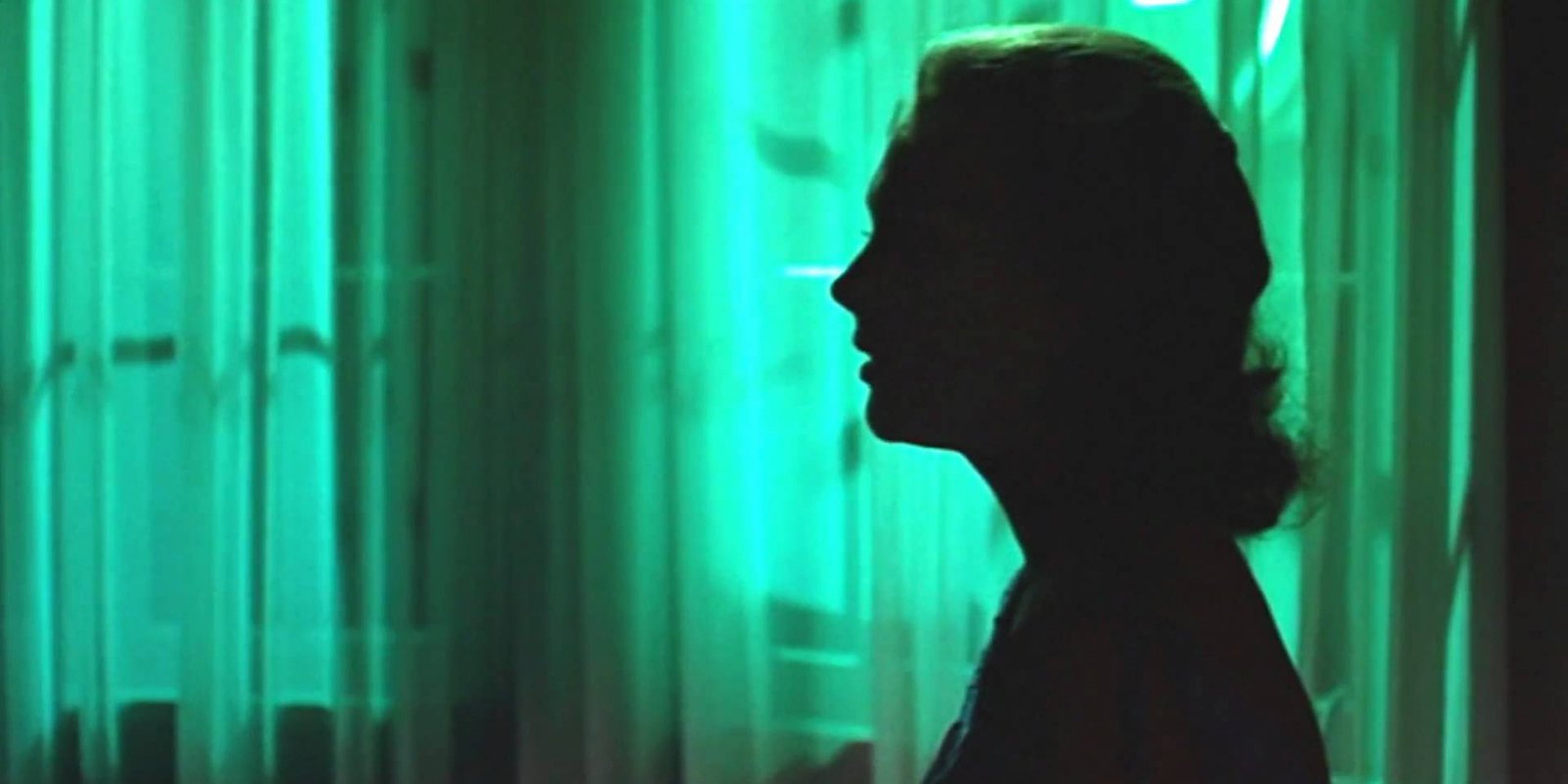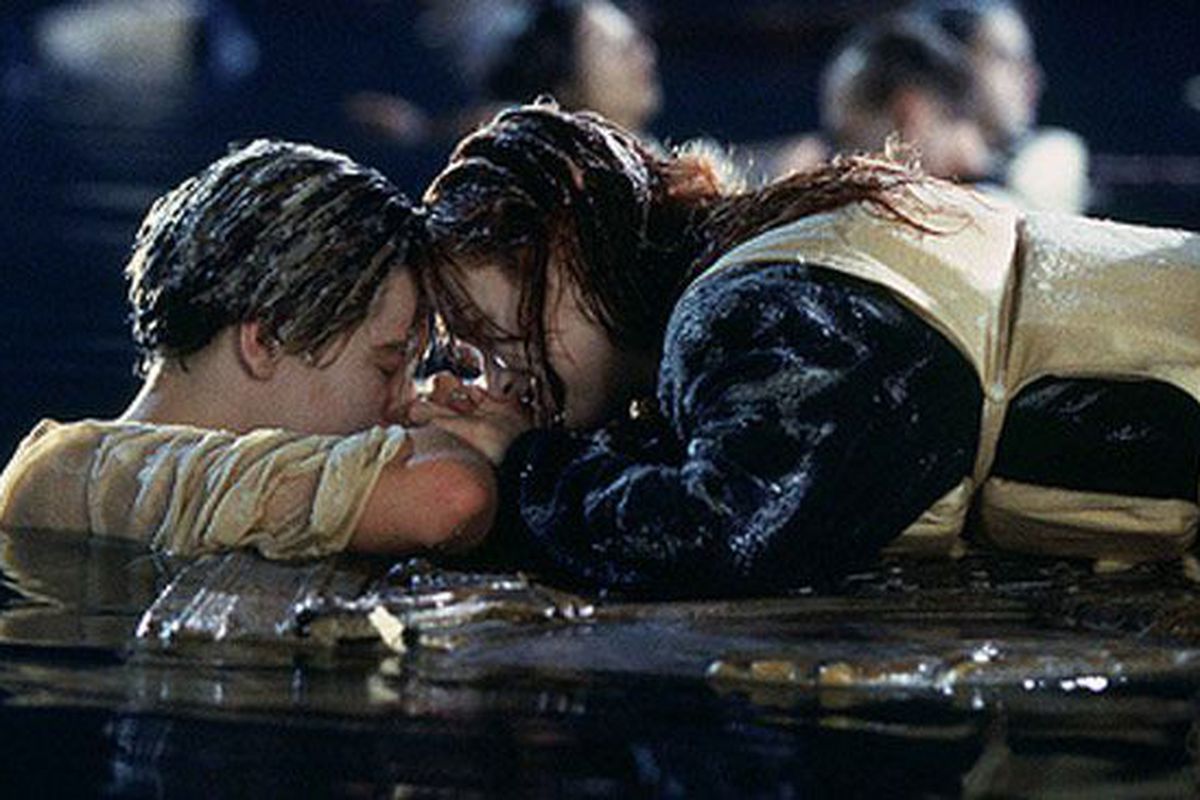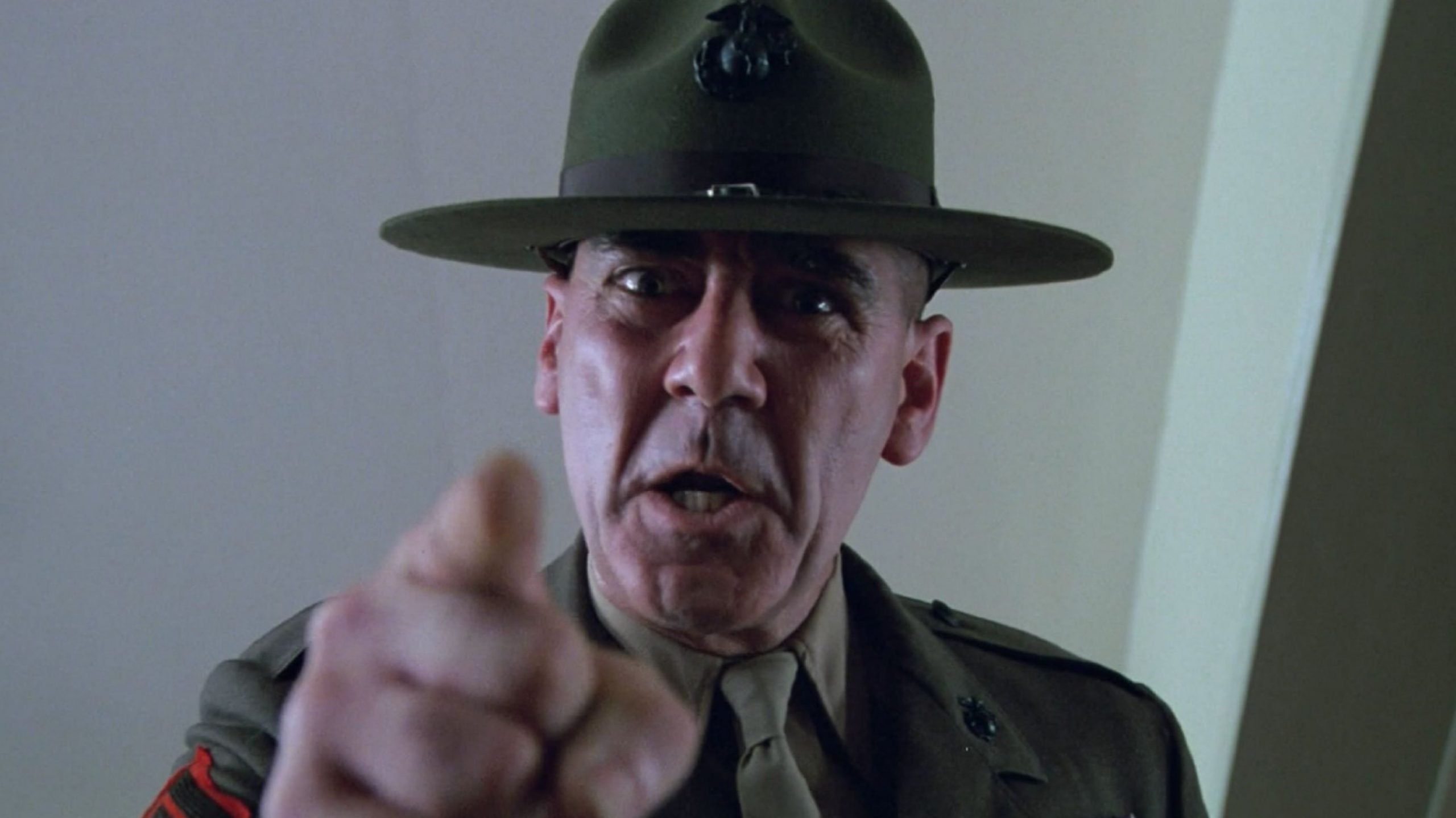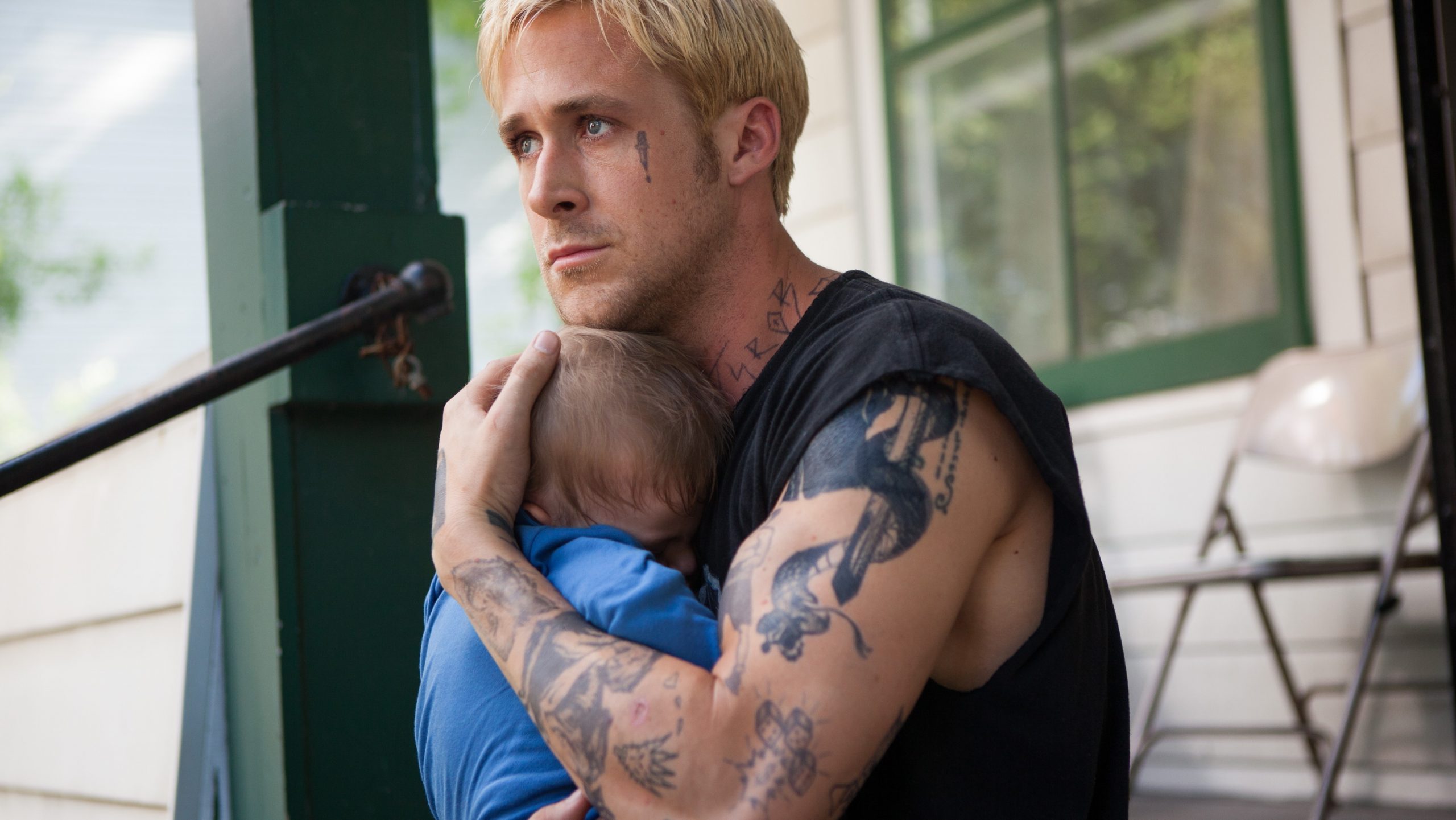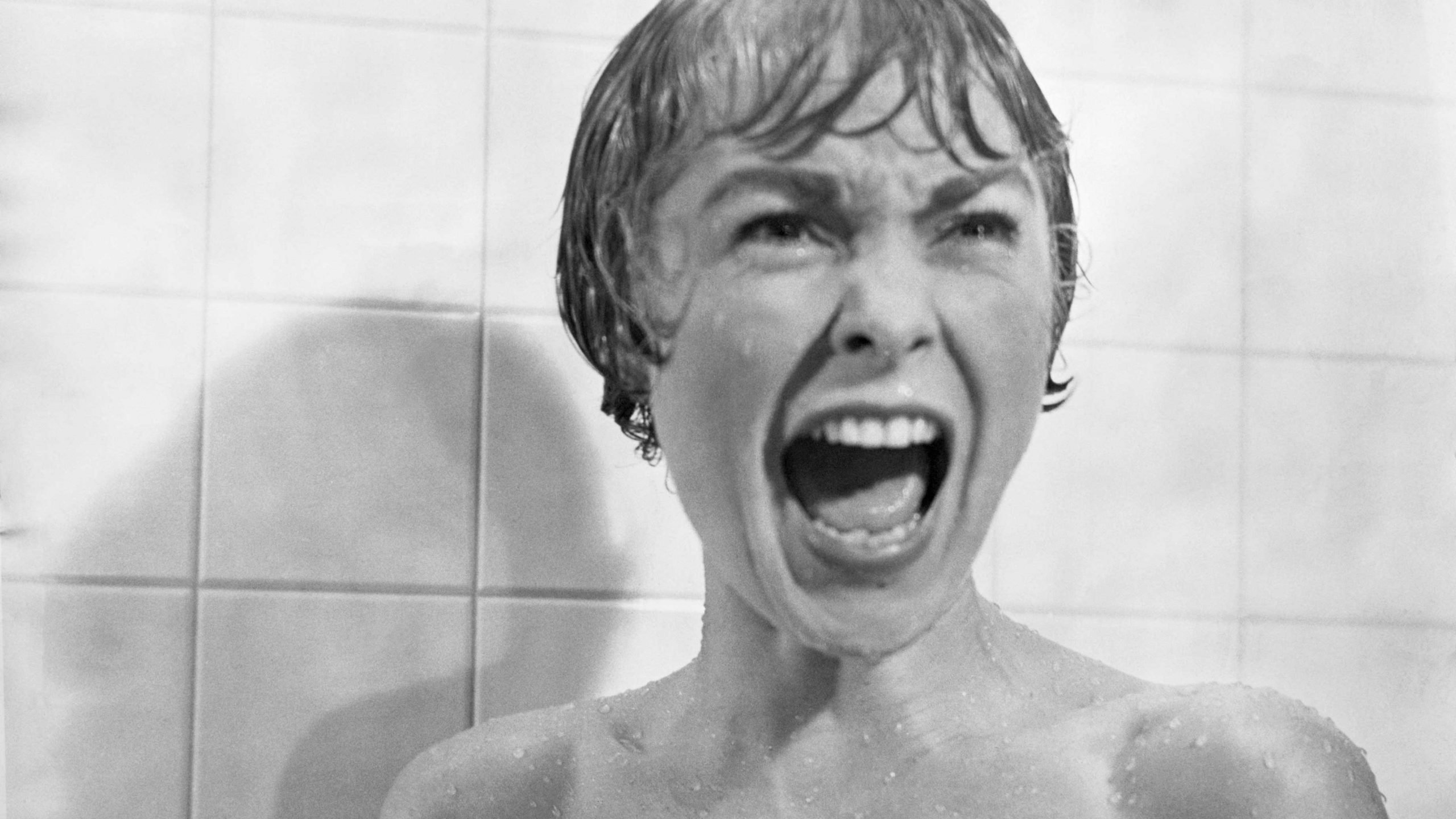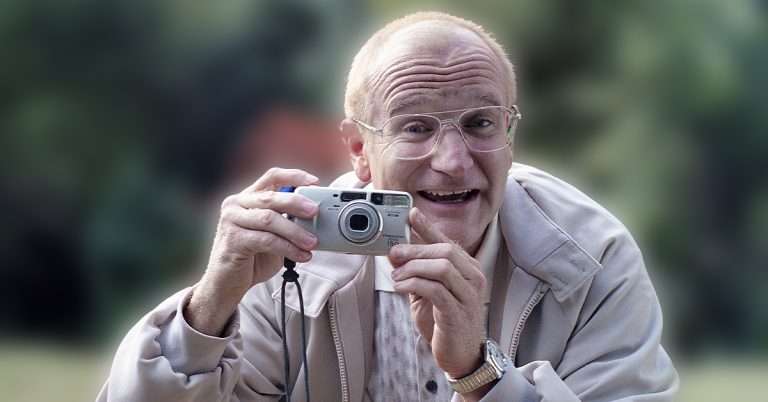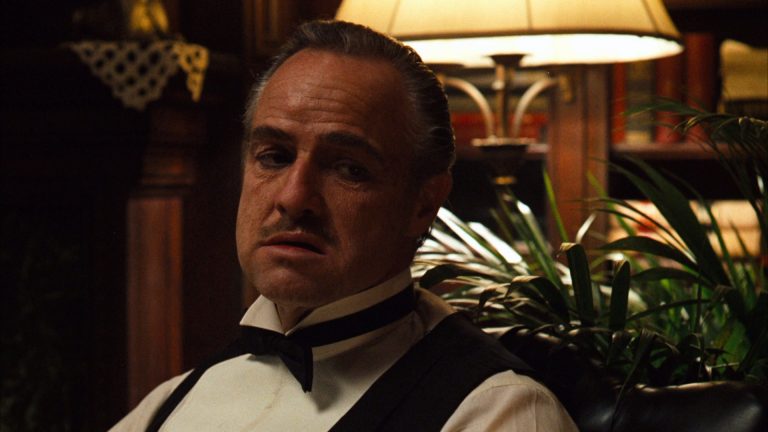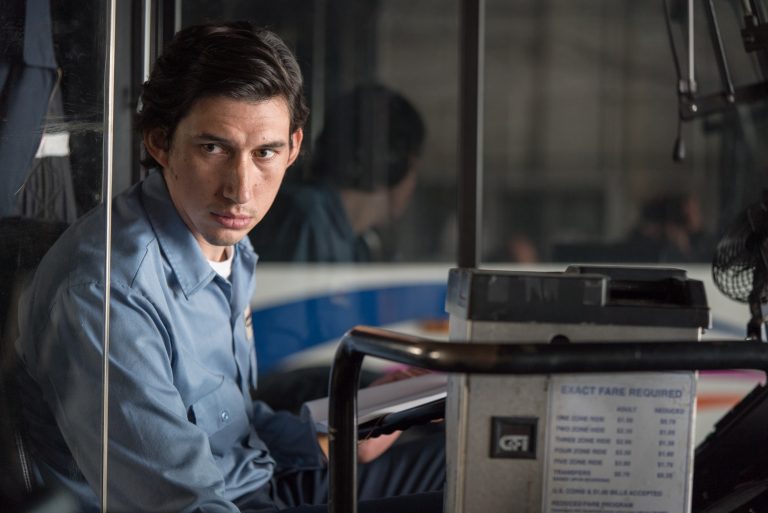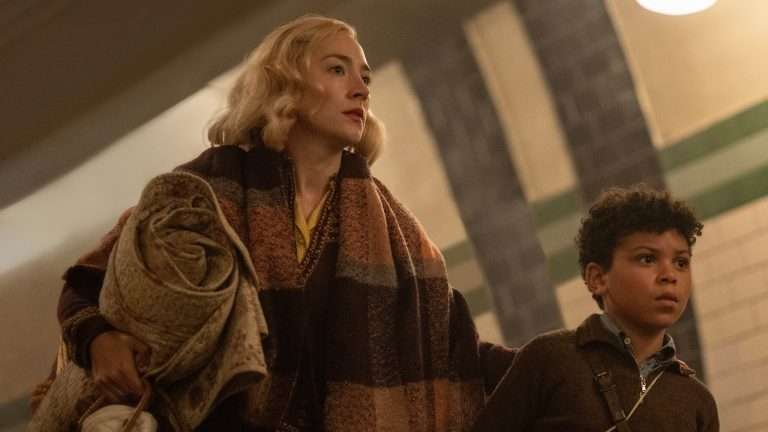Ten Movies With A Surprising Second Half: After watching the trailer, the promos, and reading the synopsis, you tend to get a feel for what a movie is going to be like. The tone is set; the story has started. You feel comfortable in your expectation of where this film is headed. Yet sometimes, a film can take you by surprise. Kill of a main character halfway through; drastically change the tone; or completely switch genres altogether. There are a number of films that do this—that have a distinct part one and part two. Here’s ten of the best examples for when you’re in need of a little surprising.
10. Sunshine (2007), dir. Danny Boyle
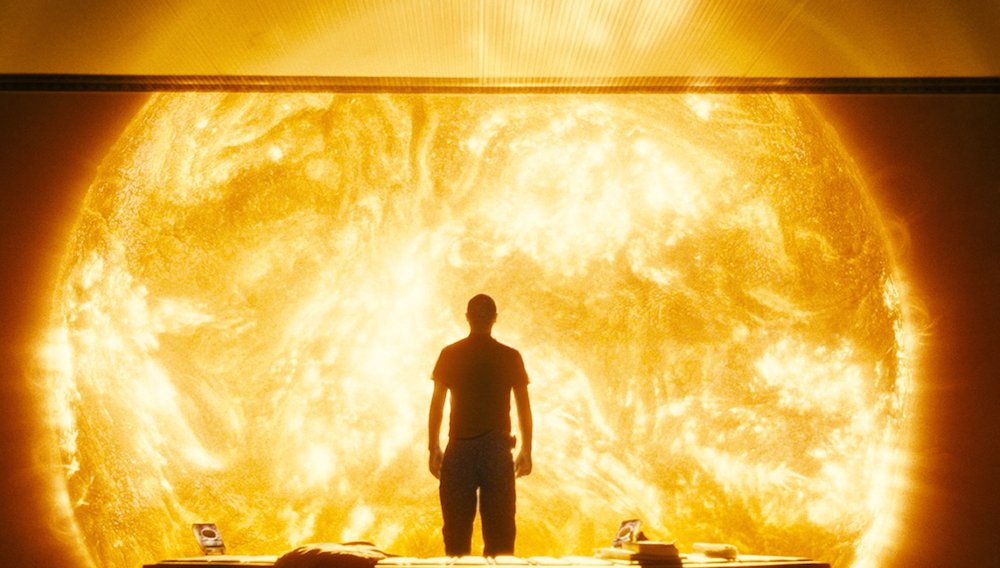
Starring Cillian Murphy, Chris Evans, Rose Byrne, Michelle Yeoh and Cliff Curtis (who briefly lived together as a practice of method acting), Sunshine seems your typical sci-fi movie. Set in the year 2057, the group of astronauts hurtle through space on a mission to reignite the sun and save the world. But prepare yourself for a genre switch-up.
Related to Surprising Second Half: Sunshine (2007): Integrating Science and Religion
Director Danny Boyle cites 2001: A Space Odyssey (dir. Stanley Kubrick, 1968), Solaris (dir. Andrei Tarkovsky, 1971) and Alien (dir. Ridley Scott, 1979) as inspiration for the film, but these sci-fi adventures don’t adequately prepare viewers for what’s ahead. Sunshine transforms itself into a full-blown slasher movie when an unknown passenger is revealed and attacks the crew. And yes…he’s skinless.
9. From Dusk till Dawn (1996), dir. Robert Rodriguez
It’s no surprise that critics describe From Dusk till Dawn as “well-made if overly violent”, considering it was written by Quentin Tarantino. Directed by Robert Rodriguez, the cult film stars Harvey Keitel and George Clooney as two brothers who rob banks. Typical of a Tarantino script, there’s much crime and blood-shed, mingled with bouts of comedy. What’s unusual, though, is his use of the supernatural. After the brothers arrive at a strip club in the desert, the barmen reveal themselves to be vampires and launch a sudden attack.
From suave crime-thriller to B-movie horror, Rodriguez changes gears pretty unexpectedly. Explosive and teeming with attitude, From Dusk till Dawn received mixed reviews—the grisly change of pace not to everyone’s taste. Undeniably, though, From Dusk till Dawn had a big cultural impact, sparking multiple sequels and video game adaptations.
8. Hot Fuzz (2007), dir. Edgar Wright
The familiar comedy pair Simon Pegg and Nick Frost join forces once again under the direction of acclaimed filmmaker Edgar Wright. With a talent for clever cinematography and visual gags, Wright offers a hilarious addition to the Three Flavors Cornetto Trilogy—alongside Shaun of the Dead (2004) and The World’s End (2013). Hot Fuzz is a classic example of British comedy, and much of the story’s humor is derived from its 360° spin midway.
What starts out as the story of a big-city cop in a small town soon gets out of hand. There’s more to this buddy-comedy than Pegg’s uptight melodramatics and Frost’s dumb sidekick act. The “Village of the Year” winner in rural Sandford isn’t as innocent as it seems. PC Nicholas Angel (Pegg) suspects murder is afoot—but not quite to the degree it ends with. A village-wide genocide breaks out, and it’s up to our beloved duo to stop it.
7. Mulholland Drive (2001), dir. David Lynch
If you’re not a film buff who’s familiar with the Lynchian cinematic world, you’d be forgiven for expecting a standard drama out of this movie. Mulholland Drive, on first glance, seems like nothing more than an indie mystery-thriller. But of course, David Lynch twists the story into a surrealist dreamscape. The ending to Mulholland Drive is still debated—the mystery never fully explained. Part of this open-ended, split-narrative feel comes from the fact it was originally made as a TV pilot, following the success of Lynch’s Twin Peaks (1990-91). However, the series was rejected and made into a feature instead, winning the Best Director Award at the Cannes Film Festival.
Related to Surprising Second Half: How Naomi Watts; Character In Mulholland Drive and Birdman Could Be The Same Person?
Mulholland Drive opens to a dark-haired woman with amnesia following a car crash. She wanders to the home of wannabe actress Betty Elms (Naomi Watts), who helps in trying to figure out “Rita’s” (Laura Elena Harring) identity. Lynch slowly begins adding elements of the subconscious, morphing Mulholland Drive into a psychological neo-noir film that still has viewers wondering. The lines between reality and the hallucinatory are blurred, crossing over into new, strange territory.
6. Vertigo (1958), dir. Alfred Hitchcock
The master Alfred Hitchcock became a household name because of his ability to bend and break the rules. Where films were once formulaic and monitored, Hitchcock had free reign over his creative vision, challenging the censorship board and what was expected of studio filmmaking. Disrupting the story structure and character archetypes were just some of his prevailing methods, eloquently employed in the film noir Vertigo.
Related to Surprising Second Half: The Critical Re-Reading of Alfred Hitchcock’s Vertigo
Replacing Citizen Kane (dir. Orson Welles, 1941) as the “Greatest Film Ever Made” in Sight & Sound back in 2012, Vertigo is Hitchcock’s most acclaimed film (though not his most popular). Despite the respect Vertigo claims now, its original reception was rather poor. Viewers disliked seeing their beloved Jimmy Stewart as anything other than his usual, squeaky-clean hero. Not to mention the plot twist midway through. After witnessing Madeleine (Kim Novak) plunge to her death, “Scottie” (Stewart) enters a state of warped obsession, turning the film into something wildly different to how it started.
5. Titanic (1997), dir. James Cameron
Nothing pains a cinephile more than hearing the words “skip to the iceberg!” when watching Titanic—all that character development and story investment lost in a matter of seconds. But the “before” and “after” structure of Titanic is so clear that many viewers do fast forward to the second part, changing out the initial romantic drama for an action-packed fight for survival.
James Cameron directs what was once the highest-grossing film ever made, boasting eleven Oscar wins at the 70th Academy Awards. Fan’s swoon over the blistering looks of young Leonardo DiCaprio as Jack Dawson, and his enchanting love affair with Rose (Kate Winslet). Others, however, sit patiently for the second half. When the “unsinkable” ship hits an iceberg, slowly engulfed by the North Atlantic Ocean, the historical epic goes full swing, resulting in the most famous disaster movie ever made.
4. Chungking Express (1994), dir. Wong Kar-Wai
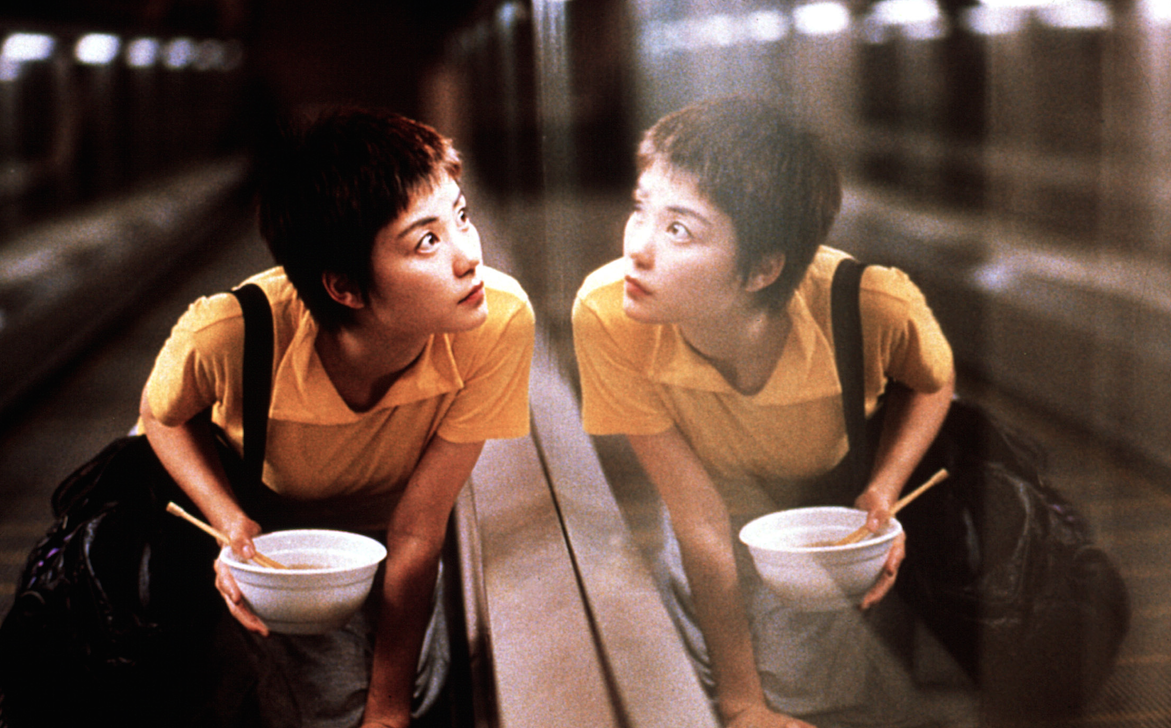
Chungking Express is one of those rare movies that translates better as a piece of art than a narrative. Directed by Wong Kar-wai, “Chunking” refers to the Chunking Mansions Kar-wai grew up in, and “Express” a Midnight Express food stall in Hong Kong. The deeply personal film paints an intimate portrait of two police officers dealing with heartbreak. Their stories are told separately, one after another, with the clear divide drawing parallels between their experiences.
Related to Surprising Second Half: Chungking Express (1994): Men Without Women
The first story follows He Qiwu (Takeshi Kaneshiro) grappling with a recent break up. In a blend of fast-paced romance tinged with comedy, Qiwu finds himself in a hotel room with a woman tangled up in the underworld of drugs. At the end of Qiwu’s story, we meet Faye (Faye Wong), which leads viewers onto part two. Faye falls for another police officer who has been recently dumped by his girlfriend. With a set of keys to his apartment, Faye attempts to win the officer over, delighting viewers with a secondary tale of snappy drama.
3. Full Metal Jacket (1987), dir. Stanley Kubrick
Full Metal Jacket sits comfortably amid those iconic Vietnam war movies made between the 1970s and 80s. Platoon (dir. Oliver Stone, 1986), Apocalypse Now (dir. Francis Ford Coppola, 1979) and The Deer Hunter (dir. Michael Cimino, 1978) trump the genre alongside Full Metal Jacket, acting as the four musketeers of Vietnam war cinema. Directed by one of the most legendary filmmakers of all time—Stanley Kubrick—Full Metal Jacket has been thoroughly hailed and analysed by film critics and students alike. One of its most poignant features is its shift in tone, triggered by the suicide of Private Pyle about forty minutes in.
If you said the words “drill instructor” to any film buff, they would immediately think of Gunner Sergeant Hartman, played by R Lee Ermy. A notorious villain among the likes of Nurse Ratched and Jack Torrance, Hartman is a raving mouth piece for psychological torment, allegorizing the military’s method of dehumanization. When one of the weaker privates’ resorts to suicide, a jarring new tone is set in motion. Kubrick’s second focus is out on the field, witnessing the horrors of war where only the truly insane will survive.
2. The Place Beyond the Pines (2012), dir. Derek Cianfrance
The Place Beyond the Pines can be considered as having not two, but three distinct parts. Starring two Hollywood heartthrobs—Ryan Gosling and Bradley Cooper—alongside the-then rising star Dane Deehan, The Place Beyond the Pines cycles through three different protagonists. Directed by Derek Cianfrance, The Place Beyond the Pines begins as a stylish crime drama, following the stuntman-turn-bank robber Luke (Gosling). Despite his unlawful ways, viewers can’t help but like him, and we come to understand his story as he tries to provide for his new-born child.
Related to Surprising Second Half: 10 Best Ryan Gosling Movies
Quite unexpectedly however, Cooper overtakes as the new lead Avery Cross. Struggling with the repercussions of killing without real cause, police corruption and mental illness needle their way into the film’s themes. Pretty soon we are greeted with our third protagonist: Avery’s teenage son, Jason (Deehan). Adolescent troubles of identity and drug culture take centre stage, and if that wasn’t enough plot twists for you—buckle your seatbelts for another (which we won’t spoil here).
1. Psycho (1960), dir. Alfred Hitchcock
A milestone of cinematic history, Psycho takes number one spot on our list. Whether it’s the famous shower scene or notorious villain Patrick Bateman you remember, most people know of Hitchcock’s thriller classic—even if they’ve never actually seen it. Our second Hitchcockian addition, Psycho exhibits a similar set up to Vertigo, killing off its female protagonist midway through (causing some speculation of misogyny on Hitchcock’s part).
Related to Surprising Second Half: Hitchcock And His Emotional Minefield
The psychological horror is based on Robert Bloch’s 1959 novel of the same name. Janet Leigh stars as real estate secretary Marion Crane to begin with, stealing a client’s money and dashing to California. A pitstop takes her to the Bates Motel—now a Netflix series—where she meets the kindly but dysfunctional proprietor Norman Bates. The unusual plot structure—favourites by Hitchcock—of switching out the lead follows suit, and Bateman takes over the screen. Considered to be the first slasher movie ever made, Psycho not only blended genres but created one. Much of Psycho’s influence stems from its change of character/tone midway through, and for this it must earn the number one title.

